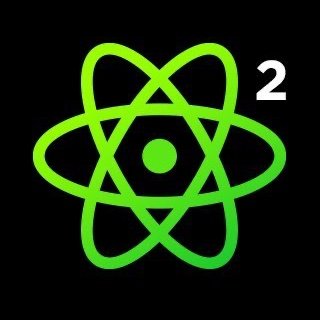And of course, in 2018, I really got into Vue, because the community felt so warm and inviting. And Sara Drasner was making great educational materials leading their docs charge. And at that time I had tried to learn React a couple of times, and it just didn't stick. I'd get a course and tell me if this was you at one point. You'd get the course, and you'd sit down, and you'd spend like two hours trying to go through setting up webpack. And then you'd have all these dependency issues, and it was really discouraging. And you'd be lucky if you made it to the end of it, and even luckier if you remembered what you learned. I heard this over and over from other folks.
But when I was looking for a job, I noticed that most six figure salaries required you to learn React. They weren't for Vue, they weren't for Ember, they weren't for the things that I saw the women in my coding community gravitating towards. They were for React. It was a barricade that you had to cross to get into that kind of a role. But this was interesting, because even for – oh, yeah, I think we're having one of the first – there we go – technical difficulties of the day. All right. Even for experienced people, like with computer science degrees, they would say things like, oh, you know, I still have trouble understanding React from the information available to me. I know this because I interviewed them extensively. And I was thinking to myself, well, if React were as easy to learn as Vue and it felt as nice a place to be as that community, more people like me could get six-figure salaries, amassed intergenerational wealth, change the world, change the – that sounds like a really nice lever I could push. Now, can I get paid to do that, is the next question.
So I joined the React team in London in 2019, as a developer advocate, documentation engineer, hybrid. By the way, pro tip, if you're ever going into big tech, do not take hybrid roles, that's a startup thing, big tech tends to have these career ladders and they're hybrid. Somebody is eventually going to come over to you like the eye of Sauron and be like, you have to pick one of these roles, and you'll be like, OK, I did not sign up for that one. Just pro tip, big tech likes to have clearly defined roles. Anyway, I did decide to join specifically with this one goal in my mind, to democratize React education for the world. I know, that sounds really self aggrandizing when I say it out loud. I had good intentions. My friends were like, why are you joining? And I was like, because I want to change the world in a good way. So I spent the pandemic building new React docs with the awesome React team and community. I don't know how you spent yours, but it was kind of cozy core. And yeah, so we're going to talk about that today. But, when I arrived at Meta, they said, great, you're here.























Comments